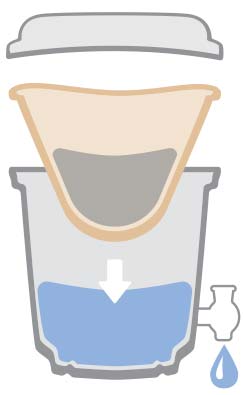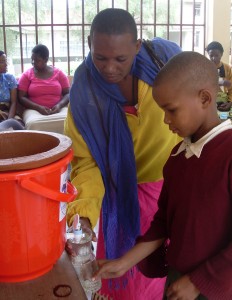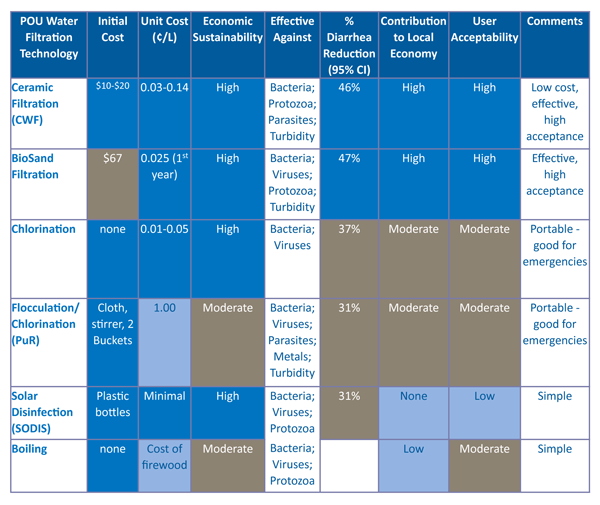Bringing The World Safe Water
GLOBAL WATER CRISIS
Over 4 billion cases of diarrhea occur worldwide each year, which result in about 2.2 million deaths. Approximately 86% of those deaths occur among children under the age of five years. Diarrhea not … [more]
POU WATER TREATMENT
The SAFE Water Now filter tests at a 99.99% microbiological effectiveness rate with a life of at least five years. The technology of the SAFE Water Now ceramic water filter is simple, effective, and, … [more]
ABOUT US
SAFE Water Now is a U.S. non-profit providing expertise, services, and resources to solve the problem of unsafe drinking water in Tanzania. Our manufacturing partner in Arusha, Tanzania produces a … more
Copyright © 2025 · Genesis Framework · WordPress · Log in

 How the filter is made
How the filter is made

